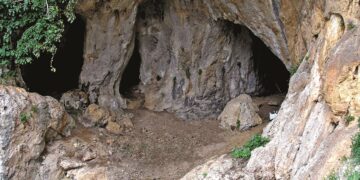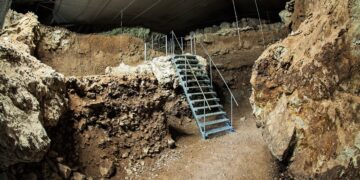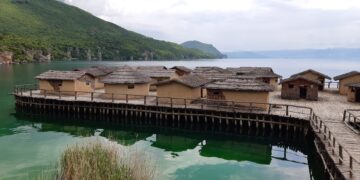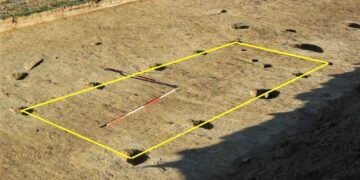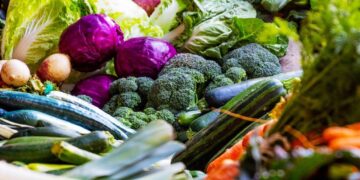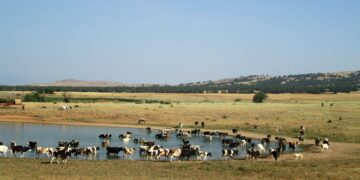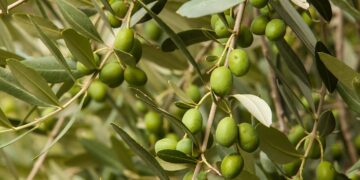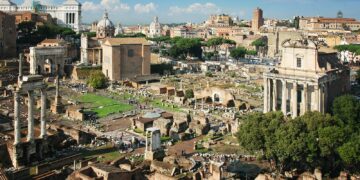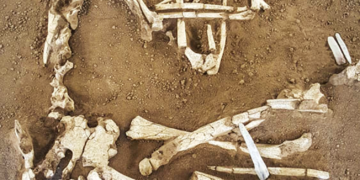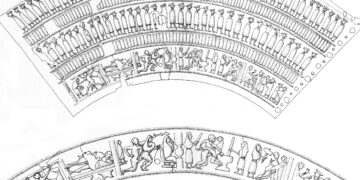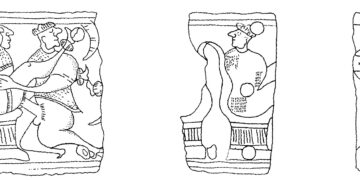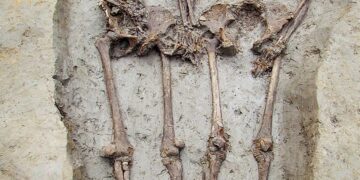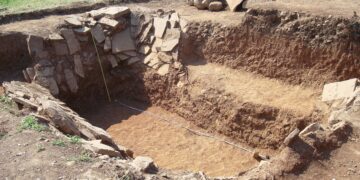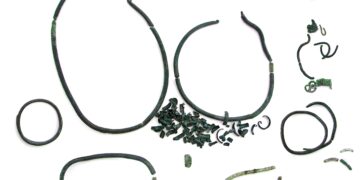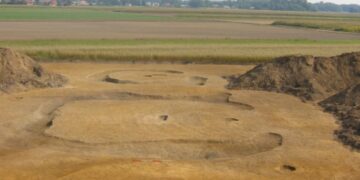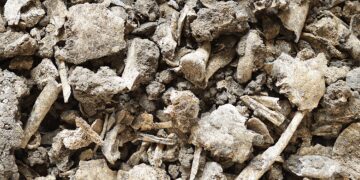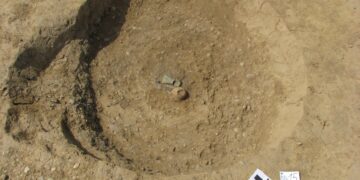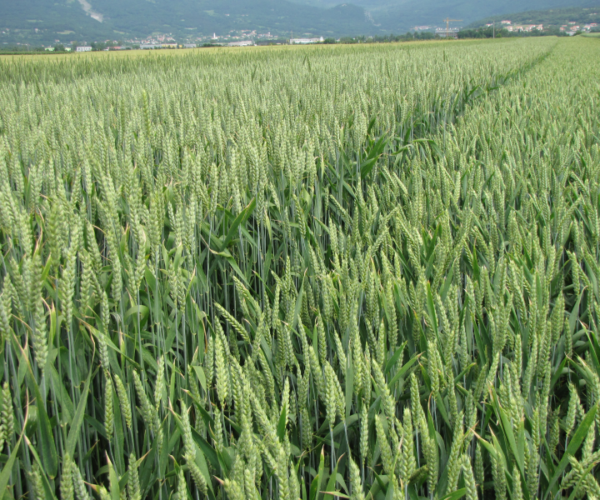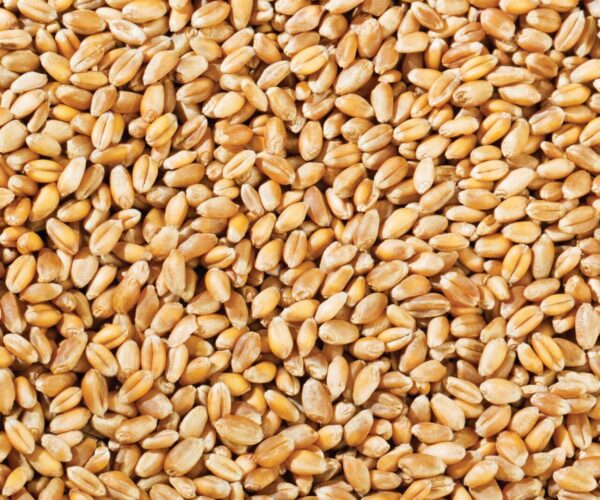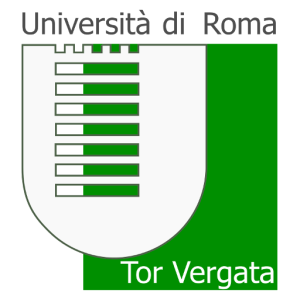It all started with wheat and barley. It was a process of intensification used to extract resources from the environment. The novelty developed in the near east spread through a combination of migration and diffusion to Europe. Shortly after 9000 BP wheat, sheep, goat, pigs, barley, lentils became the resource base in southeastern Europe. In the following millennium, cattle was added and the innovation spread across the Mediterranean. The bases for European subsistence were to some degree dictated by climate and by the contours of the area – they remained mostly unchanged for millennia to follow.
Early trade with surplus production was most likely by barter since the hauling of large quantities around was not practical. It all changed with the introduction of a monetary economy and wheeled transport that facilitated the trade. In the ancient world, it flowed from the hinterlands into the hearts of large empires, into its urban centres. With the pacification of the Mediterranean by the Romans, a vast market was created that relied mostly on maritime trade and the constant flow of grain to Rome was the prime interest of Roman generals and emperors. With the collapse and rise of feudalism, most farmers were reduced to a subsistence level with enough to fulfil their obligations to their lord and the Church, for themselves and only little for further trade.

